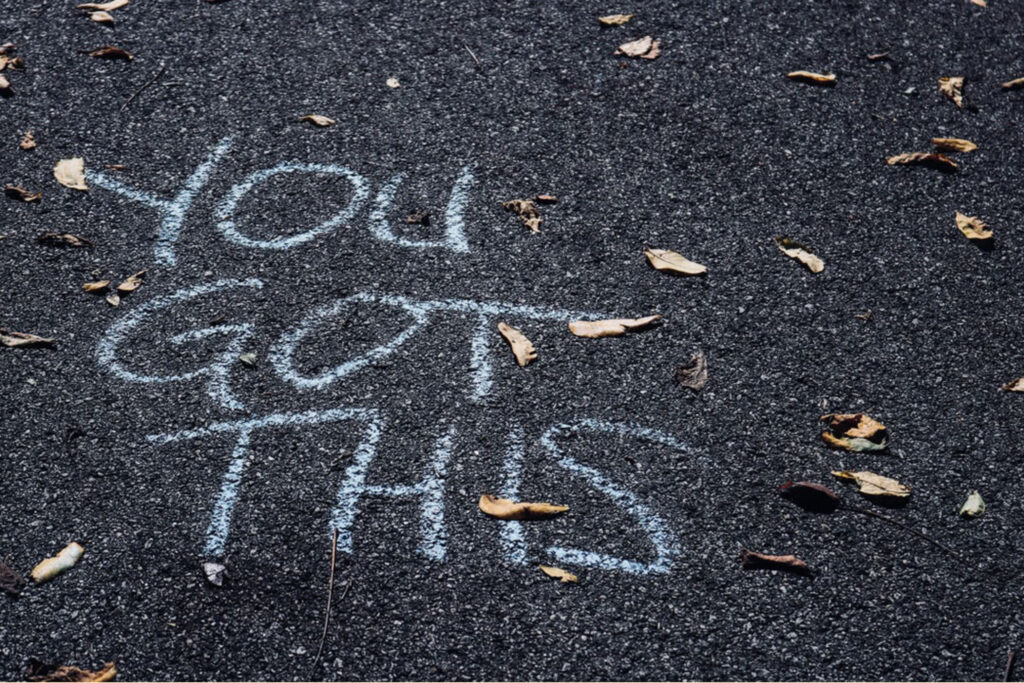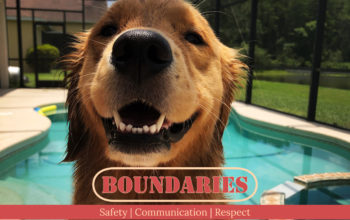Help! Demanding, High Energy Dogs 101
WE GO THROUGH SOME OF OUR TOP TIPS FOR HIGH ENERGY, DEMANDING DOGS WHO ARE MAKING YOU TEAR YOUR HAIR OUT WITH FRUSTRATION
Author: Dory Adelie
Help! “I’ve got an overexcitable, high energy dog. Everything is exciting to him and once he’s excited he’s a nightmare!” “She goes from 0-100 in seconds! Then it’s too late for me to do anything about it.” “He won’t listen to me, no matter what I say.” “She won’t pay attention and she never comes back when I call.” “He barks incessantly and won’t calm down!” “Neither of my dogs will learn how to do anything I want them to. I’m getting nowhere!”
Sound familiar? Don’t worry, you’re not alone. Many dog owners find themselves in this sort of situation. Whether their dog won’t leave them alone, constantly pestering them to play or give them attention. Or their pup won’t come to them at all! Or whether their efforts to do training seem to be falling by the wayside. We know it can be really stressful, tiring and discouraging but you can make progress.
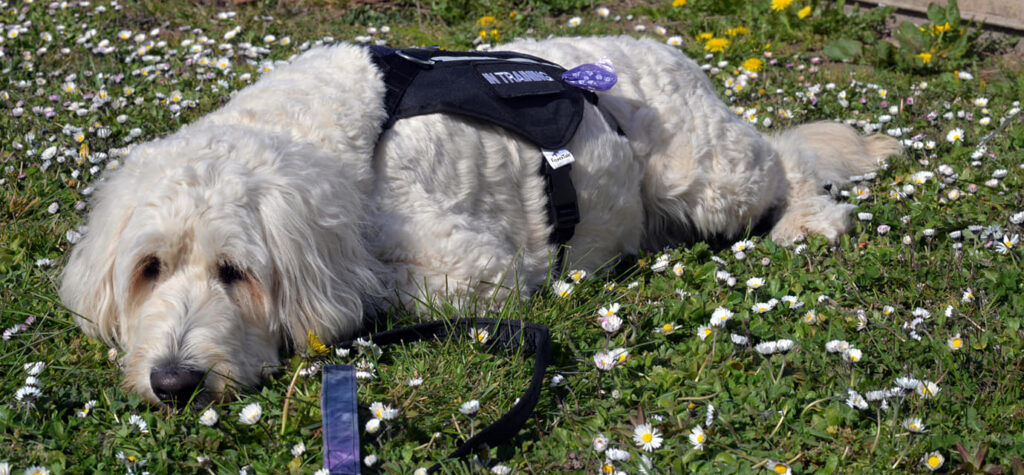
Top Tips
We’ve collated some top tips for how to deal with a high energy, demanding dog.
- Learn to recognise early signs of over-stimulation in your dog – and act on it (increase distance from stimulus, remove from situation, get their attention)!
- Work out what triggers your dog off into an escalation of excitement (whether it’s the postman delivering the mail, or seeing another dog, or guests visiting the home).
- Keep exercise varied – lead walks, free running, zoomies, different routes, fetch, play with other dogs, trick training, age appropriate activities.
- Mental stimulation is a valuable and tiring activity too – puzzles, kong treat dispensers, scent work etc.
- Keep training sessions short and end on a positive note. You don’t need to spend hours at a time working on something, in fact this is likely to make your dog bored, and you frustrated!
- Be clear and mark even little successes – timing is key for this to mark desirable behaviours.
- Give your dog time apart from you each day to reduce separation anxiety and demanding behaviour (looking at you, the dog who wants to play a never-ending game of fetch).
- Introduce a place command and make use of a crate as a positive space.
- Teach your dog how to settle and how to be by himself.
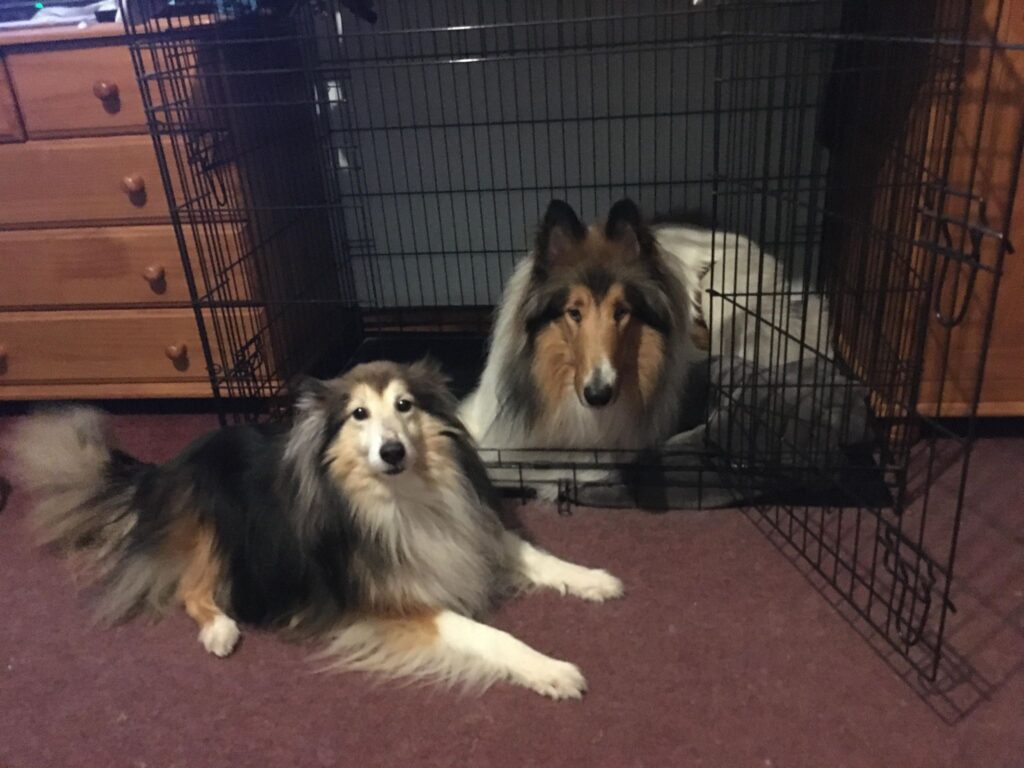
- Keep particularly high value/excitement toys or balls for supervised play only or playing with you – keep them out of reach the rest of the time.
- Take time to bond with your dog – regularly do something enjoyable together. It will strengthen your relationship and help you get to know each other better.
- Your dog does not have to say hello to every dog they see in order to be happy. In fact, if they get over-stimulated, this is quite the opposite!
- Avoid extended on-lead greetings with dogs – quick sniff at most and move on. If possible change your path so you’re not putting your dog in a situation they are going to get frustrated in.
- If your dog is not good off the lead, it is absolutely fine to do lead walks. It is not cruel. You are doing everyone a favour, including your dog!
- Advocate for your dog – if they are too amped up, or in a stressed or anxious state, tell humans and dog owners not to engage (or allow their dogs to engage) with them. Step in, and create space if necessary.
- Have a plan for problem situations and know how to put it into place – do practice runs if needed (e.g. with the doorbell going or a trusted guest coming that you know won’t reward jumping up).
- Make jumping up at people unrewarding – so no attention, no fuss from them.
- Encourage and reward any desirable behaviour offered (e.g. calm, quiet, focus, settle)
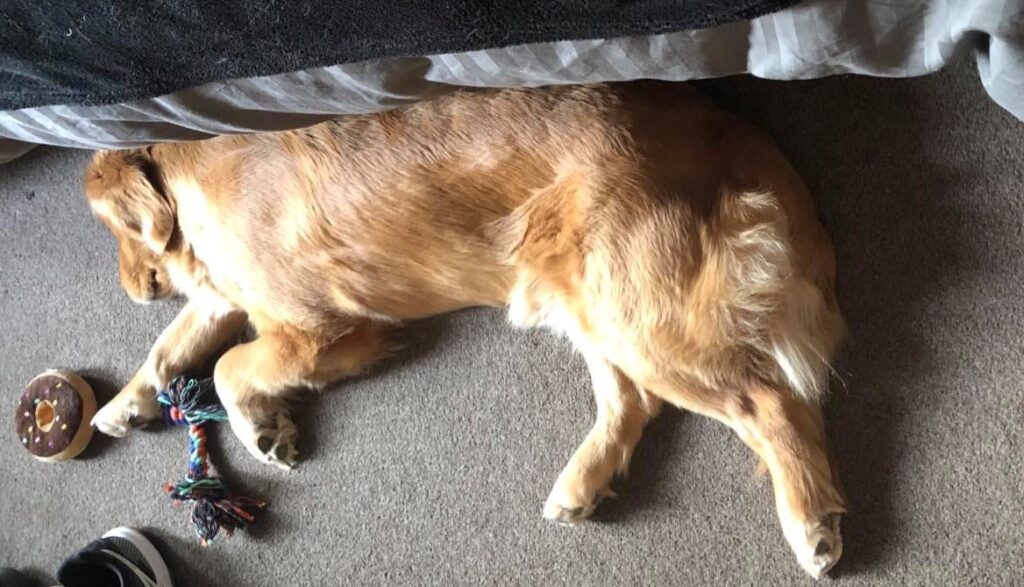
- Avoid matching their energy if it is high/hyped up – bring the calm and quiet (this includes not shouting at them to be quiet if they are barking, however hard it is).
- Communicate your expectations and give instruction, especially in high stimulation situations.
- Be consistent in your boundaries and commands, and follow through. It can be tiring and draining, but it is worth it in the end!
- Work on and reinforce threshold manners (waiting at doors etc.) and food manners (only taking it on command) to improve overall obedience.
- All family members need to be on the same page – they will get confused and/or find a weak link if you’re not (this means no sneaking titbits at the table if your rule is no begging at the table)!
- If you have multiple dogs, make sure to spend time with them individually as well as together. This allows you to get to know each of them, give them what they need and teach them in a way that each individual best learns.
- Be prepared to try something different or take backward steps if needed – no need to be ashamed of this. Progress isn’t linear.
- Work with the dog you have in front of you, even if they are being different to yesterday or last month or last year!
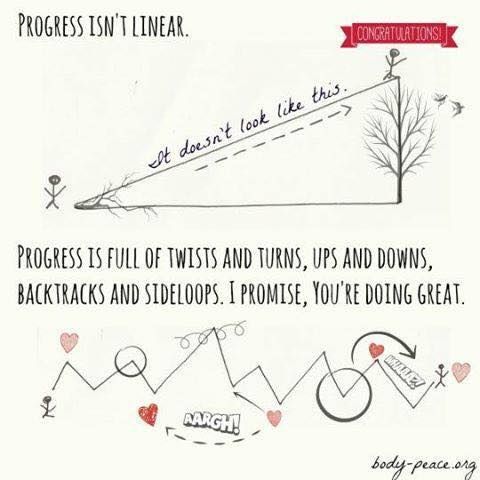
Key Messages
One important message is that although exercise is valuable, it is more about the variety and multiple types of activity rather than length of time. Also, despite what you may think, constantly exercising your dog will likely lead to a dog that doesn’t know how to switch off – which is exactly what you’re trying to avoid! A tired dog does not necessarily make a happy dog. Teaching your dog how to be independent and to chill out, and setting aside space and time for your dog to relax, will get you much closer to that balanced dog you’re looking for. Even enrichment activities, while great mental stimulation, shouldn’t be a 24/7 solution for occupying your dog – after all what happens when they finish that activity?!
It is also highly recommended that you are clear, consistent and structured; setting boundaries and communicating clearly. After all, giving mixed messages is bound to result in mixed behaviours at best – and more likely, undesirable behaviours from a confused dog. However consistency does not equal rigidity – sometimes you have to adjust how you approach things, try new methods, and even take backward steps in order to progress forwards.
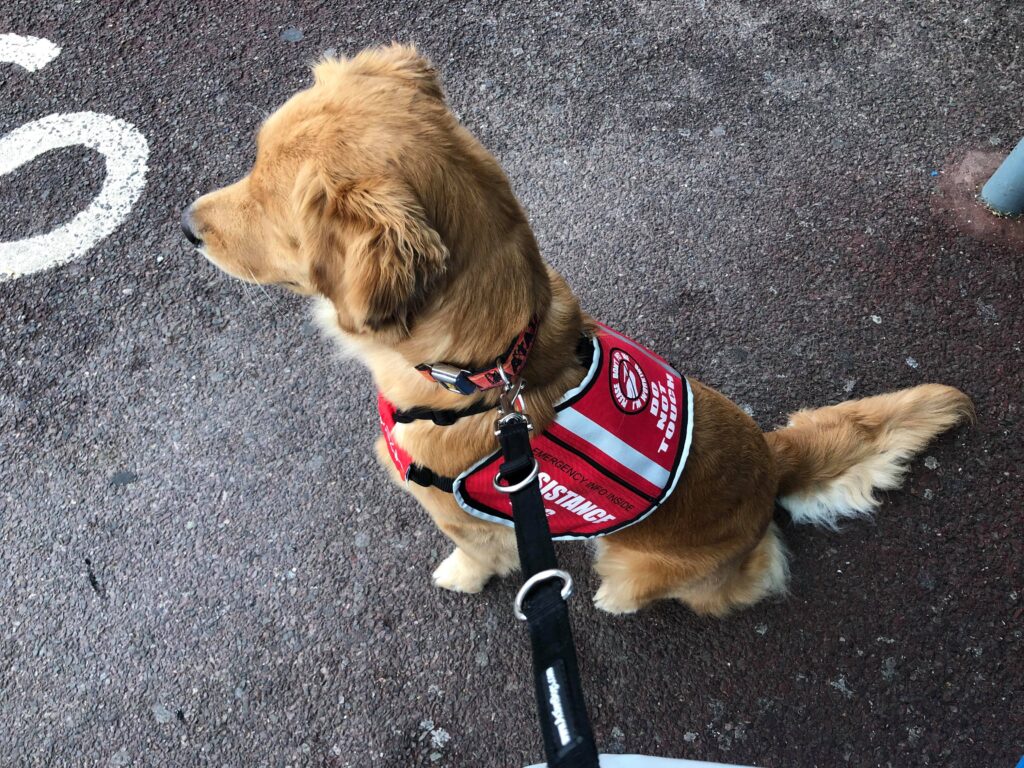
One key message is that you need to get to know your dog. What makes him tick, what sets her off, what rewards hold the most value for them and what their signs are that they are getting anxious, stressed, overexcited, agitated, bored etc. Recognising these signs as early as possible means you are best equipped to handle situations and know what to work on or when to step in or advocate for your dog. Read more about reading your dog’s signals here.
And most of all, be forgiving of yourself. It can be tough, it can be draining and it can be frustrating. We make mistakes, all of us, but we can learn from them and make progress. Make yourself accountable by filming your training, setting and sharing plans and/or getting support from others. You are not alone – we all have times we think we can’t do it, that our dog is broken, we’ve failed, it’s hopeless etc. But in almost every case, we also have those moments where we make progress, have a success (however tiny!) and it is important that we focus on these and give them the value that they deserve. Remind yourself of these when you’re feeling down and discouraged. Progress is possible!
